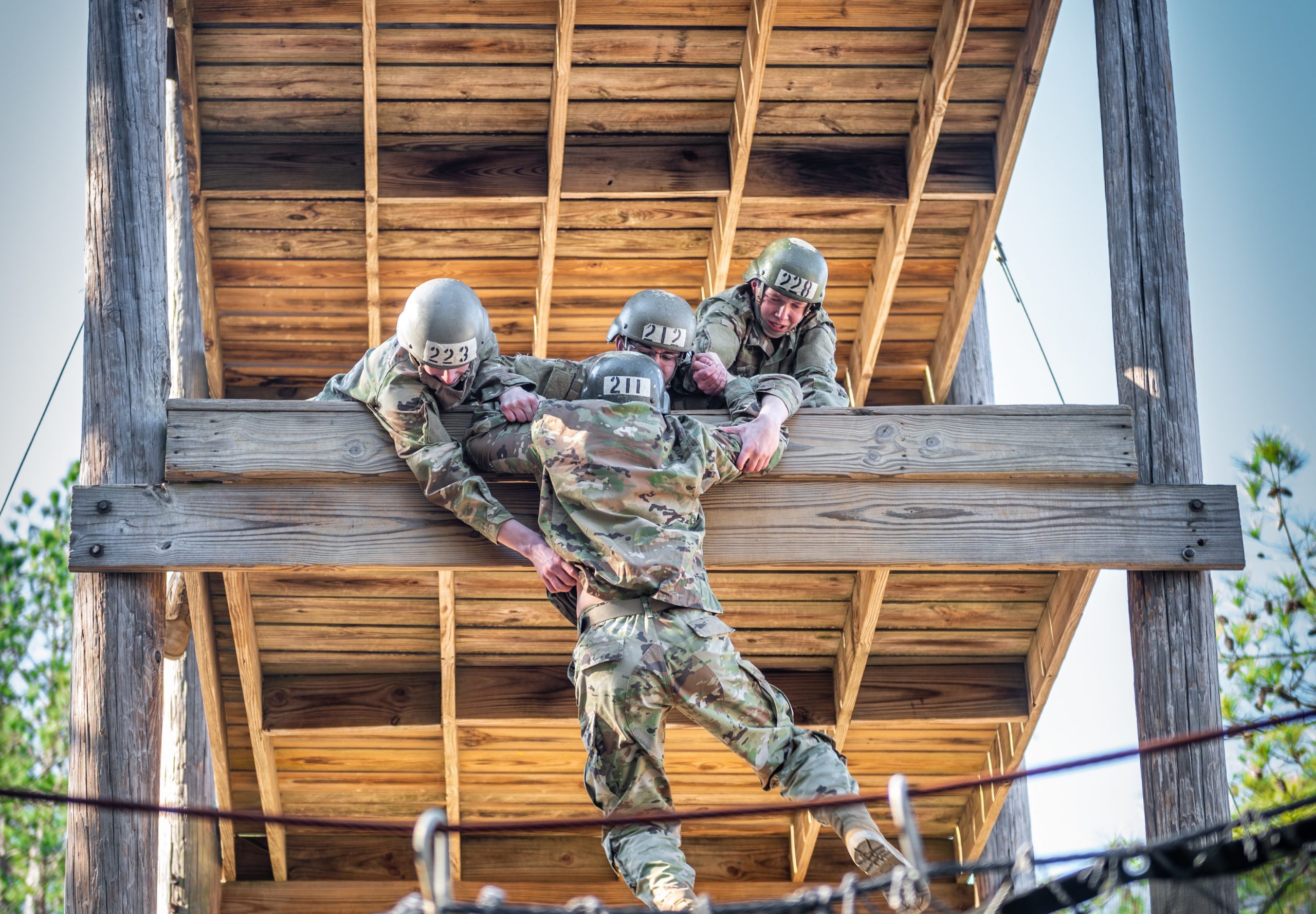The Leadership Question You Aren’t Answering
Army leadership at the company level is usually about the how, as in “How I accomplish the mission.” We tear through Paragraph Three and focus on Tasks to Subordinate Units and Coordinating Instructions, looking for orders to follow and things to accomplish. As staff officers doing MDMP we spend tremendous time in mission analysis focused on identifying specified, implied and essential tasks – again, looking for things we need our company commanders to do. Organizationally, execution is at the center of our DNA. It was a system that worked well in larger piece battles where generals moved armies across the map.
A new idea is floating across civilian organizations that also focused on leading by defining how to do the work. To really engage your employees, you need to Lead with Why. Instead of telling employees how to do their jobs, tell them the reason why their job is important, why they are doing it and the value of their work to the organization.
Leading with the why seems to fly contrary to our culture of centralized planning and decentralized execution. Orders are given, and they are obeyed because they are given. Every soldier learns this concept in basic training, ROTC or OCS. Blind obedience is taught – “Because I told you so” is all the why you need. But even the Army Chief of Staff has challenged this paradigm of blind obedience recently.
Before we panic and decry the end of an era, perhaps we should recognize the concept isn’t totally alien to our culture. In the same paragraph as Tasks to Subordinate Units is another, arguably more important, subparagraph – Commander’s Intent. This is the why of our operating environment. A well-articulated intent lets subordinate leaders understand why the actions are being taken. More importantly, it will explain what you need accomplished, allowing for the disciplined disobedience the Chief of Staff describes.
Why is a powerful tool that when used properly can help clarify the overall objective and empower subordinate leaders to act. When subordinates understand why, it allows them to deviate from specified tasks and still accomplish the overall mission. Why can be used to by the savvy leader to create a sense of pride and ownership in the mission. Leading why supports mission execution.
I challenge you to lead with why.
———
Cale is a National Guard officer who works with Process and Performance Improvement in his civilian career. He holds a Master’s of Science in Healthcare Administration and a Master’s of Business Administration. In his free time he is pursuing a PhD in healthcare administration.



